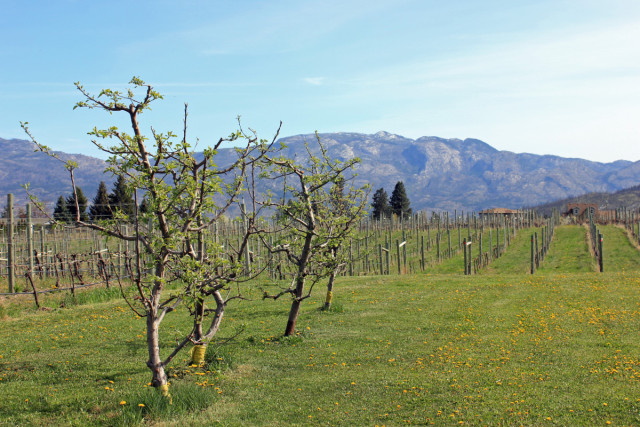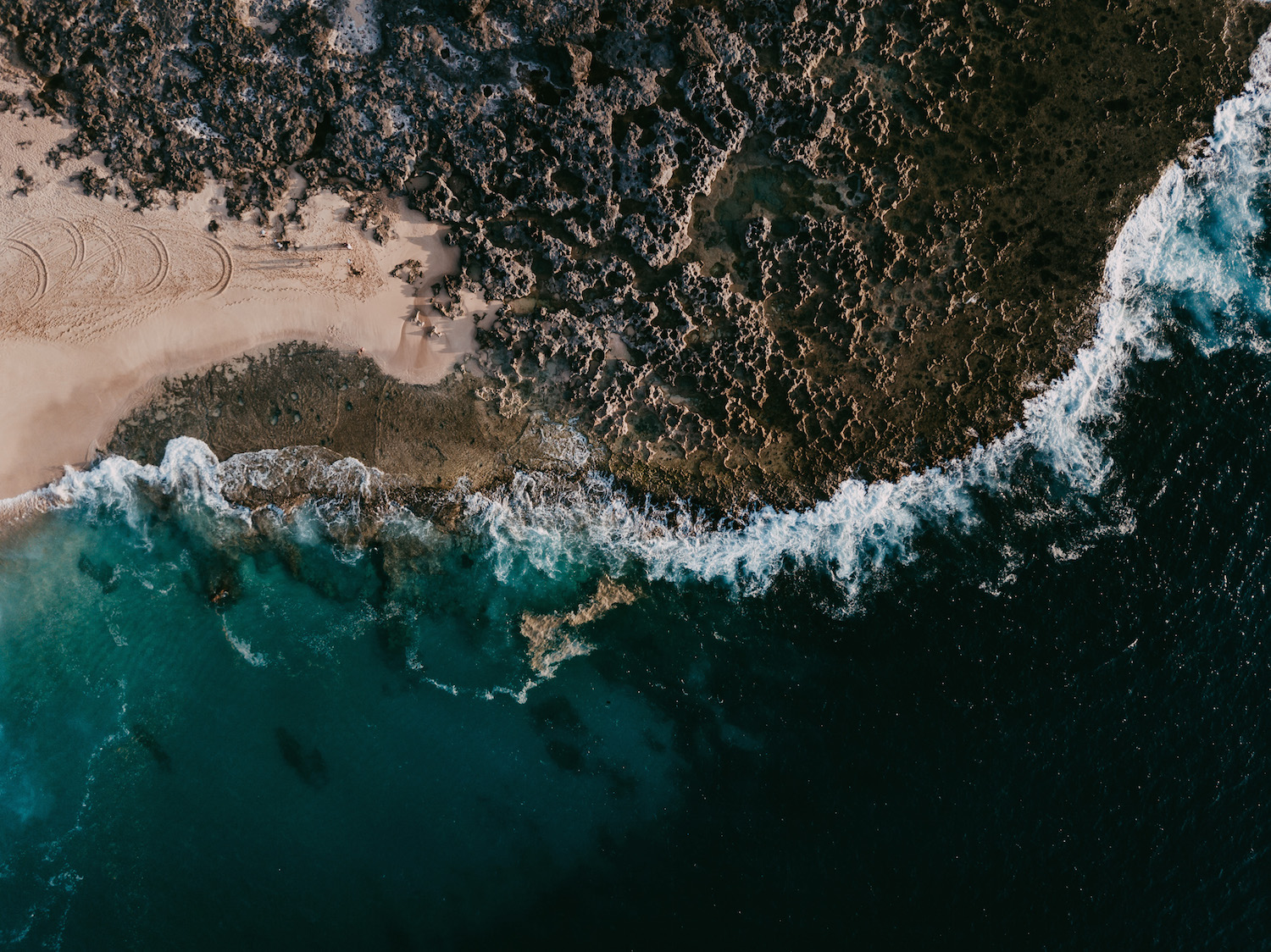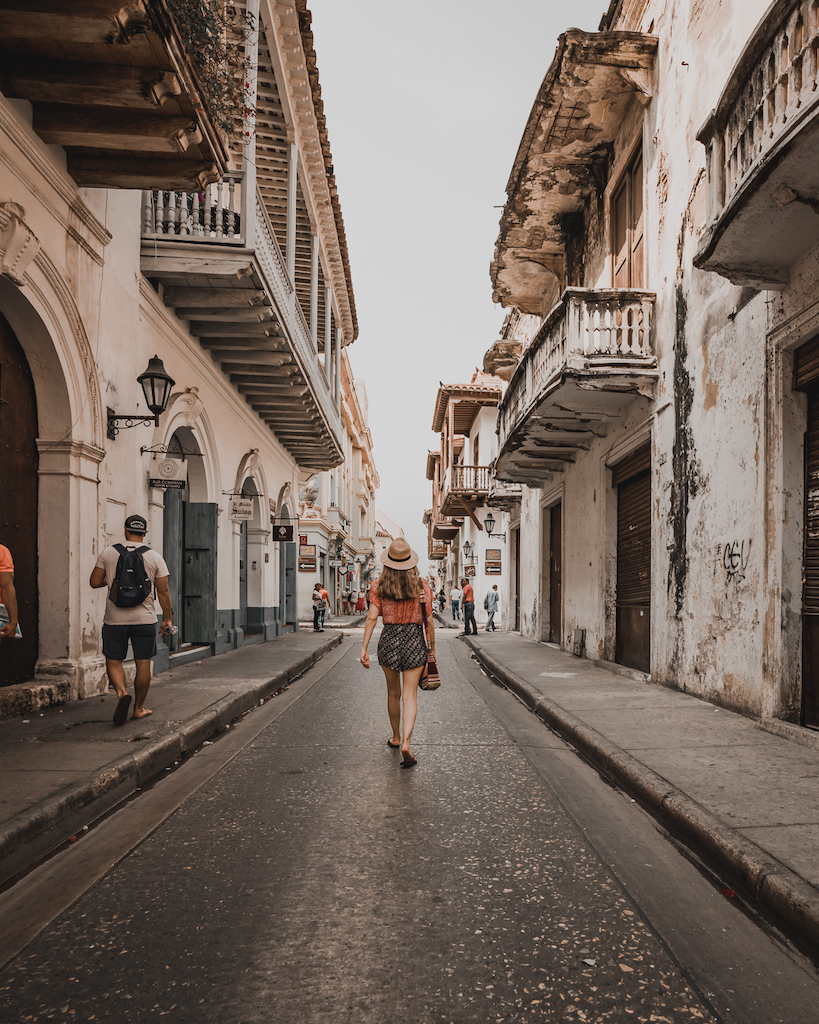By Judi Zienchuk
Wine production in Canada is not an easy task; only certain grape varietals can survive a cooler Canadian growing period, and even the hardiest fruits are at risk of facing a late frost (or even full blow snow storm). Being the kind and hardy bunch we are, facing the threats of a Canadian winter aren’t quite enough for some of our patriotic viticulturists. There are quite a number who have gone the extra mile to ensure that their wines as also 100 percent organic.
Even after surviving the conditions, standards for becoming a certified organic wine are nothing to be laughed at. All the grapes, yeast, fining agents, etc., must be 100 percent organic, the facilities and sanitizers can only be steam and ozone or citric sulphite and 3rd party inspections need to be met.
Despite the challenges and regulations that Canadian organic wineries face, a great number have been producing high quality organic wines and as a fellow Canadian, I am proud to bring you a top five list of organic Canadian wineries:
Summerhill Pyramid Winery
The Cipes family at Summerhill have established themselves as a force to be reckoned with in the modern age of Canadian wine making. Not only did they help solidify the fact that Canada is an ideal place for hardy grapes for producing Pinot Noir, Chardonnay and Riesling wines, they used their esteemed “living soil” to prove that Canada could produce wine that was both high quality and organic. Summerhill is built under the notion that the flavour and personality of the region is better experienced in a wine when the grapes are organically exposed to the soil and the taste and quality of their wines certainly reflect this.
Kalala Organic Estate Winery
As an award-winning organic winery since 2010, Kalala has perfected their esteemed portfolio of wines from the Upper Bench of the Okanagan Valley, with their Chardonnay, Merlot and Zweigelt Icewines serving as a special treat to any palate. In addition to producing top-notch organic wines, they’re also a long-standing supporting of the Juvenile Diabetes Research Foundation and the David Suzuki Foundation.
Forbidden Fruit Winery
Kim and Steve, the owners of Forbidden Fruit Winery and Ven’Amour Organic Farms, are the originals in organic Canadian farming. They’ve been farming sustainably since 1977 and have been certified organic since 1984 (the first year certification was in place in the region). With names like Plumiscuous and Pearsuasion, many of their wines carry light, fruity notes.
In addition to their wines, Kim and Steve also grow over 60 varieties of organic exotic tree fruits from apricots and cherries to Asian pears.
Frogpond Farm Organic Winery
Known for its Vidal, Chardonnay and Gamay Noir gold winners at the Royal Winter Fair Wine Competition, Frogpond is the original in organic Ontario wines. In creating a self-sustaining ecosystem, the farm is home to not only top-quality vine-producing grapes, but also the rare Guinea Fowl birds.
Frogpond has also made a further commitment to using 100% green electricity for their production process. All of their power is derived from either wind or low-impact water sources to displace pollution and carbon-reliant power.
Southbrook Vineyards
As another organic and biodynamic trailblazer, Southbrook has gone far to see out their simple philosophy: “to make the finest wines possible in a respectful, local, light-on-the-land fashion”. The entire 150-acre property is 100% certified organic, including 60 acres of vines along with a flock of sheep. For a sweet treat, check out their award-winning Framboise dessert wine, made with fresh raspberries from Southbrooks’ own (of course organic) farm.
The field and vineyards aren’t the only things that are green at Southbrook, their Hospitality pavilion was the first winery build to receive a Gold level LEED certification. In addition to housing their tasting room, bistro and event spaces, the building was awarded this prestigious title from the Leadership in Energy and Environmental Design through its clever uses of insulating glass and local and recycled materials. The building uses 95% natural daylight and all wastewater is treated onsite through a wetland filtration system.
About the author:
After pursuing a degree in Tourism Management and living everywhere from Southeast Asia to the Canadian Northwest Territories, it’s safe to say that Judi has contracted a pretty severe case of the travel bug. Always on the move, you can usually either find her on a pair of skis or a bike (or consuming a large amount of caffeine before her net adventure). To get more personal, check out her blog.



